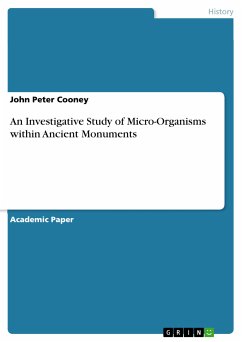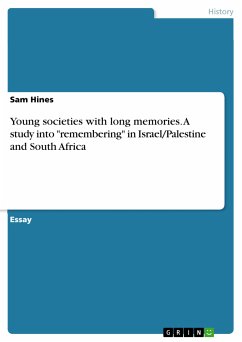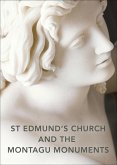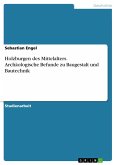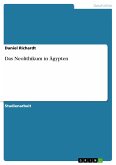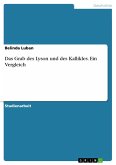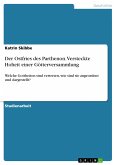Academic Paper from the year 2019 in the subject Archaeology, grade: 1.0, University of Wolverhampton, language: English, abstract: Owing to the role that micro-organisms play, it can be seen that the need to comprehend the composition and functionality of complex microbial groups, within ancient structures, is important as to ascertain if it is dangerous to health. This can be shown within a process of demolition and refurbishment on a heritage building information modelling platform. For the identification of such micro-organisms, two applications are considered for the identification and data collection. Firstly, Metagenomics applies and utilises a set of genomic advances and bioinformatic instruments, which will access and identify the microbial communities content, within structure, as it allows a culture free identification within a natural and/or host associated micro-organism community, and to provide and give insight to the micro-organisms structure, dynamic and function within a prescribed environment. Secondly, Polyremase Chain Reaction (PCR) allows for the detection and production for large amounts of DNA, found within structure. This particular technique is commonly used to detect and identify illnesses, clone and sequence genomic families and to undertake very sophisticated quantitative genomic work at a very sensitive level. However, the use and application of both procedures have never been considered or sought for the detection of micro-organisms, within an ancient monument setting. This paper will primarily look at the two applications in a specific scientific manner, as to establish and understand its relevance and subsequent ability for data collection and sequencing within the ancient structure.
Dieser Download kann aus rechtlichen Gründen nur mit Rechnungsadresse in A, B, BG, CY, CZ, D, DK, EW, E, FIN, F, GR, HR, H, IRL, I, LT, L, LR, M, NL, PL, P, R, S, SLO, SK ausgeliefert werden.

